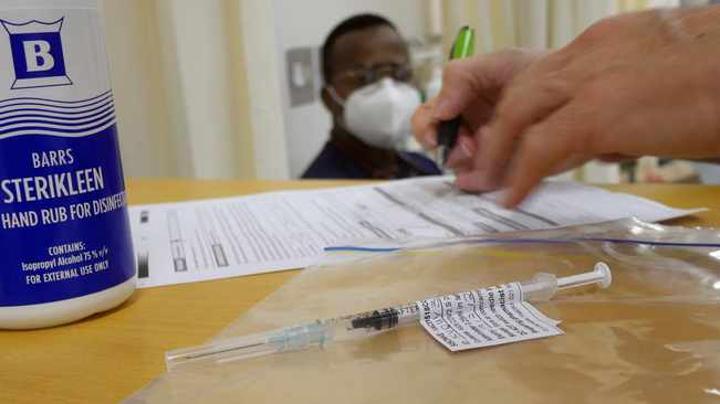Africa-Press – South-Africa. Cape Town – Findings from a recently published survey reported that vaccine hesitancy is more likely to be experienced in the Western Cape, compared to other provinces.
Wave 4 of the National Income Dynamics Study Coronavirus Rapid Mobile Survey (NIDS-CRAM), a national representative survey of South Africa, was launched yesterday.
The NIDS-CRAM Wave 4 data was collected between February 2 and March 10, 2021, with 5 629 Wave 4 interviews conducted.
NIDS-CRAM respondents have been surveyed four times since the start of the pandemic.
Forty-two percent of Afrikaans home language respondents were vaccine hesitant, much higher than the national average (29%) and significantly higher than 7 of the 11 language groups.
The report shows 71% of South African adults say they would get vaccinated if a Covid-19 vaccine was available, with those most at risk more willing to take the vaccine compared to the general population.
The youth (18-25) and those who rely heavily on social media as an information source were more likely to be vaccine hesitant.
The three leading reasons for vaccine hesitancy were concerns around side effects, believing the vaccine was not effective, and a mistrust of vaccines in general.
The report included findings related to Covid-19 vaccines; learning losses, teacher mortality; and food insecurity.
Around 31 investigators from the University of Cape Town, University of Stellenbosch, University of Witwatersrand, the University of Johannesburg, and the Department of Basic Education contributed to the report.
One principal investigator, Reza Daniels said: “Respondents are drawn from a nationally representative sample of adults in South Africa from the NIDS 2017 sampling frame. The respondents are interviewed by telephone in each wave of NIDS-CRAM.”
Two-thirds of respondents (67%) reported that their household had run out of money to buy food in the previous month in at least one of these surveys. Nearly half (47%) of the respondents had run out at least two times.
In households with children, one third (32%) reported that a child went hungry in the past week in at least one of the four waves of NIDS-CRAM.
Weekly child hunger has declined from 16% in November/December to 14% in February/March 2021, although this new rate (12%) is still nearly double pre-pandemic levels (8%).
Black Sash National Director, Lynette Maart, said the NIDS-CRAM Wave 4 results illustrate why there is no justification for the premature termination of social grant top-ups, including the Caregiver Grant.
“Given the impact of the Covid-19 pandemic and the unemployment crisis, the study paints a bleak picture of households still under tremendous strain facing food insecurity.
The study recommends the urgent reinstatement of social relief of distress grant top-ups, including the Caregiver Grant, as these measures significantly reduced food insecurity and were more ‘likely to be accessed by women who provide better nutritional outcomes to households than men.’”
[email protected]
Cape Argus






